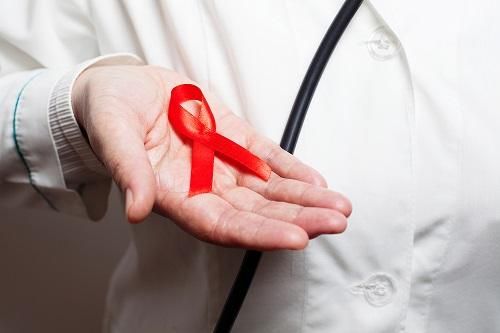Women at Risk of HIV in Kenya Saw Greater Drops in Economic Security During Pandemic
The COVID-19 pandemic had a substantial effect on women in Kenya who are reliant on transactional sex for income, leading to high levels of food insecurity and psychological burden.

Women at high risk of HIV infection in Kenya saw disproportionately large reductions in economic security during the COVID-19 pandemic along with reductions in sexual risk behaviors, a new study determined.
The study, published in JAMA Network Open, included 1725 women at high risk of HIV infection in rural Kenya and assessed their economic security, food security, health and sexual behavior during the pandemic.
“We surveyed a group of women reliant on sex work in rural Kenya about their experiences during COVID-19 lockdowns. These women saw dramatic declines in economic opportunity, greater than the country as a whole,” study author Nolan Kavanagh, MPH, an MD candidate at the University of Pennsylvania and lecturer at the University of Michigan, told Contagion. “It’s an example of the pandemic’s inequitable threat to well-being. The sexual activity of these women declined as well, suggesting that the pandemic may shape the HIV/AIDS epidemic in sub-Saharan Africa.”
The mean age of women in the study was 29.3 years, and 68% reported sex work as an income source. Compared with an estimated 5.6% decline in the Kenyan economy during the pandemic, the women surveyed saw a nearly 10-fold greater decline in income, the study found.
“We expected the pandemic to curb economic opportunity, but we were shocked by the magnitude,” Kavanagh said. “The median income of the women we surveyed dropped from $7.05 per week before the pandemic to $1.88 during it. Women reliant on sex work for income endured especially large declines in income and employment, and suffered higher rates of food insecurity.”
Among the participants surveyed, 1385 (80.3%) reported difficulty obtaining food in the past month and 1500 (87%) reported worrying about having enough to eat at least once. Those who relied on transactional sex for income were 18.3% more likely to report worrying about having enough food and reported a decline in employment 4.6 hours greater than those not reliant on transactional sex.
Numbers of sexual partners declined from a mean of 1.8 before the pandemic to 1.1 during the pandemic and transactional sex partners dropped from 1.0 to 0.5
“Sex workers and other high-risk populations are especially vulnerable during the pandemic,” Kavanagh said. “They face higher risk of infection due to their work but have less access to medical and social services. We as health care providers can work to provide welcoming spaces and advocate for programs that protect them, too.
“More generally, the paper underscores how our work as clinicians intersects with social and economic structures. The patients we see are not randomly afflicted by COVID-19. Rather, they are made vulnerable by how they work to support their families, and by the resources that society has (not) made available to them.”
More research is needed to understand the long-term outcomes associated with the pandemic as the study assessed outcomes at only 1 time point and consequences of COVID-19 were evaluated early in the pandemic. Long-term studies also are needed to determine whether changes in sexual behavior persist.
“Understanding how economic well-being and sexual behavior have shifted over time can ensure that policy responses are timely and meet the needs of communities,” Kavanagh said. “From a policy perspective, we must ensure that populations traditionally excluded from social policy can access services. Sex workers and women are more vulnerable now than ever. Similarly, when designing responses to the pandemic, policy makers must be mindful of the health and economic equity of their impact.”
Previous research has determined that people living with HIV or AIDS are at higher risk of contracting and dying from COVID-19. A study published in Scientific Reports found that those living with HIV had a 24% higher risk of becoming infected with SARS-CoV-2 and a 78% higher risk of death from COVID-19.
Other research has found that non-HIV comorbidities are the major drivers of COVID-19 severity among people living with HIV.
